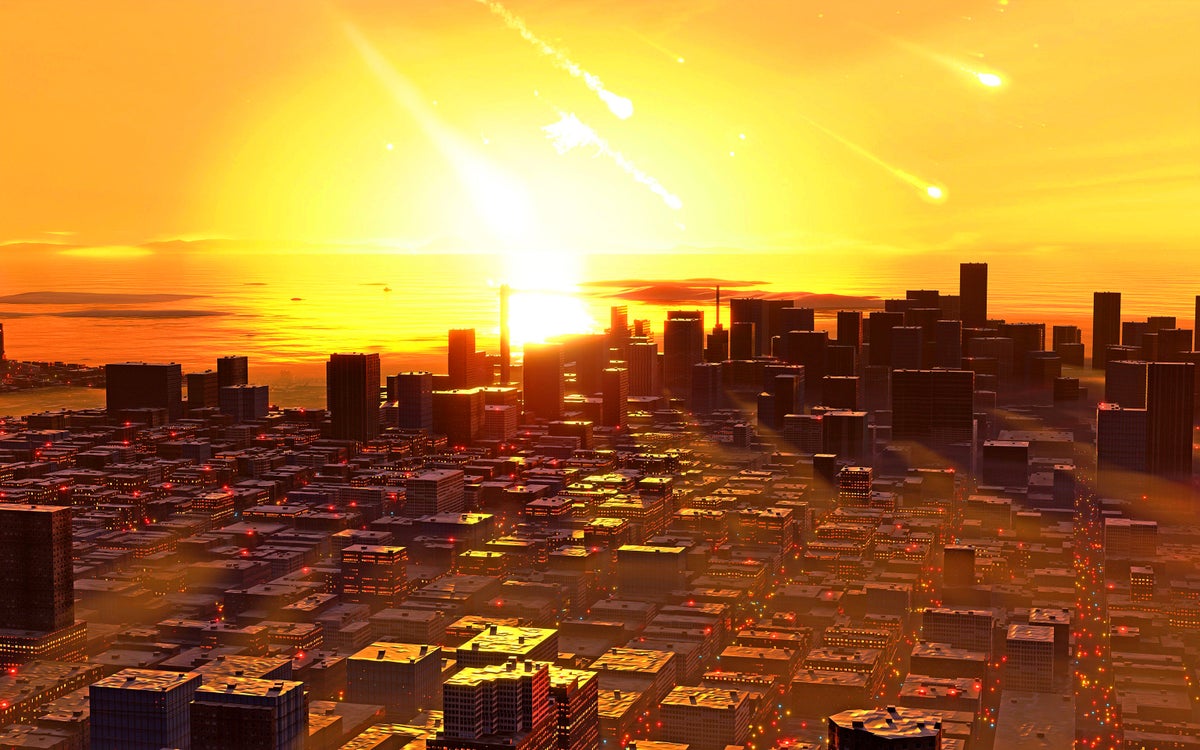How Planetary Defenders Planned to Stop That City-Killer Asteroid

Asteroid 2024 YR4: A Planetary Defense Dress Rehearsal
A City-Killer's Close Call
In February 2025, the astronomical community held its breath. A newly discovered asteroid, 2024 YR4, large enough to inflict devastating damage on a city, had a 3.1% chance of colliding with Earth in 2032. For a brief, terrifying week, it was the most dangerous space rock known to humanity. Further observations, thankfully, downgraded the risk to virtually zero, but the episode served as a critical test for Earth's planetary defense systems.
The Stakes: More Than Just a Near Miss
While 2024 YR4 ultimately posed no real threat, the scenario was far from hypothetical. It exposed the strengths and weaknesses of our planetary defense strategies in a strikingly realistic way. Although astronomers have identified around 16,000 similarly sized near-Earth asteroids, an estimated 215,000 more remain undetected. The discovery of 2024 YR4 served as a stark reminder that it's not a matter of *if* but *when* we'll face a genuine asteroid threat.
As Juan Luis Cano, an aerospace engineer with the European Space Agency's Near-Earth Object Coordination Center (NEOCC), put it: “This would have been a delicate case.” The challenge of deflecting an asteroid is immense, and a mere eight-year timeframe would have severely strained our technological capabilities.
A Global Response in Action
The response to 2024 YR4 was swift and coordinated. Within days of its discovery, multiple international agencies calculated the impact probability, triggering a global alert. The International Asteroid Warning Network (IAWN) and the Space Mission Planning Advisory Group (SMPAG) mobilized, showcasing international cooperation even amidst geopolitical tensions. "Many U.N. countries who currently do not get along super well were discussing this together,” remarked Patrick Michel, a member of IAWN's steering committee.
Agencies worldwide tracked the asteroid, sharing vital data that allowed for continuous refinement of its trajectory and impact probability. This rapid information exchange and cross-checking proved invaluable.
Challenges and Uncertainties
Despite the efficient response, challenges remained. The initial size estimates of 2024 YR4, based on reflected sunlight, ranged from 40 to 90 meters – a significant difference in destructive potential. Further complicating matters was the limited observation window before the asteroid moved out of range of telescopes like the James Webb Space Telescope.
Kathryn Kumamoto, head of the planetary defense program at Lawrence Livermore National Laboratory, highlighted the intensity of the situation: "2024 YR4 easily overwhelmed everything else that we were doing." She also raised the concerning question of how we would handle multiple simultaneous threats.
Deflection vs. Disruption: Weighing the Options
Had 2024 YR4 remained a threat, discussions would have shifted to mitigation strategies. Sending a reconnaissance probe was considered but ultimately deemed infeasible given the available spacecraft and time constraints. Deflection, a gentler and more predictable method tested by NASA's DART mission, was preferred over disruption (breaking the asteroid into pieces), which carries the risk of creating smaller but still dangerous fragments.
The eight-year timeframe, however, presented a significant hurdle even for deflection. "Eight years is tight,” stated Kumamoto. Simulations suggested a 90-meter asteroid could be deflected, but it would require a decade. This tight timeline brought disruption, including the controversial option of nuclear detonation, into consideration.
The Nuclear Option
While nuclear disruption can effectively vaporize even large asteroids, political and legal ramifications make it a complex choice. "These nuclear options ... are always brought up by our American colleagues," noted Cano. Beyond the technical challenges, deploying nuclear weapons in space raises significant geopolitical concerns, particularly given the potential for escalating international tensions.
Lessons Learned: Time is of the Essence
The 2024 YR4 incident served as a crucial dress rehearsal for future threats. As Richard Binzel of MIT notes, with advancements in asteroid detection technology, such scenarios will become increasingly common. The key takeaway? Time. Early detection, afforded by new telescopes like the Vera Rubin Observatory, will be paramount in allowing ample time for a measured response.
A Wake-Up Call for Planetary Defense
Perhaps the most unsettling lesson from 2024 YR4 was not scientific but political. Leviticus Lewis, a veteran of asteroid impact simulations, observed that while the planetary defense community responded effectively, political factors could undermine future efforts. Budget cuts and a potential shift in international cooperation pose serious risks to our ability to address future threats. As Lewis succinctly put it: “The asteroid doesn’t care. It’s just going to keep coming. We can’t depend on the world not being crazy when it happens.”